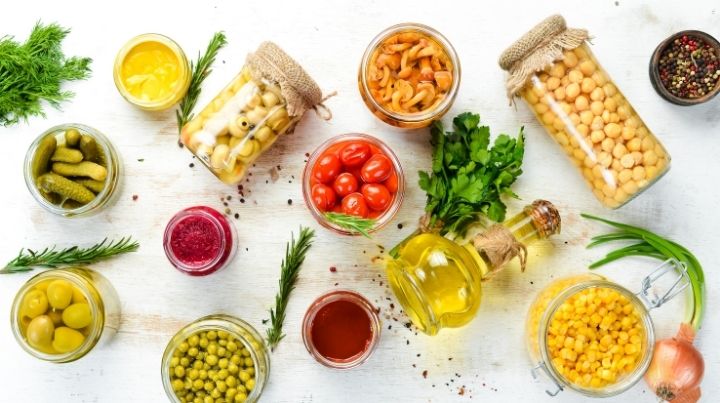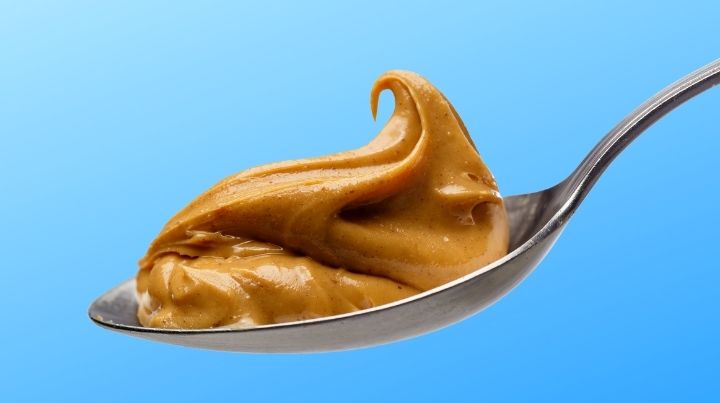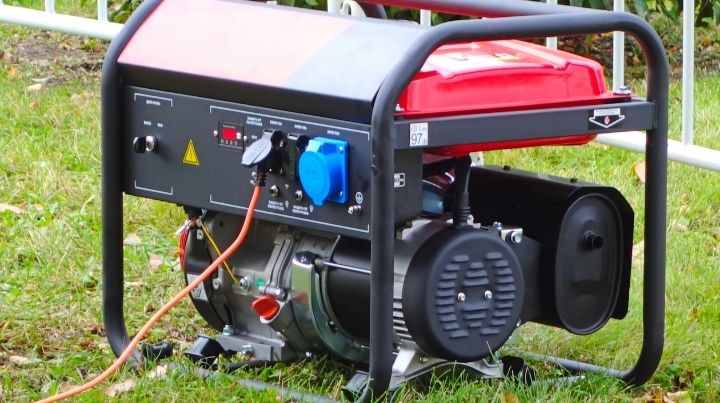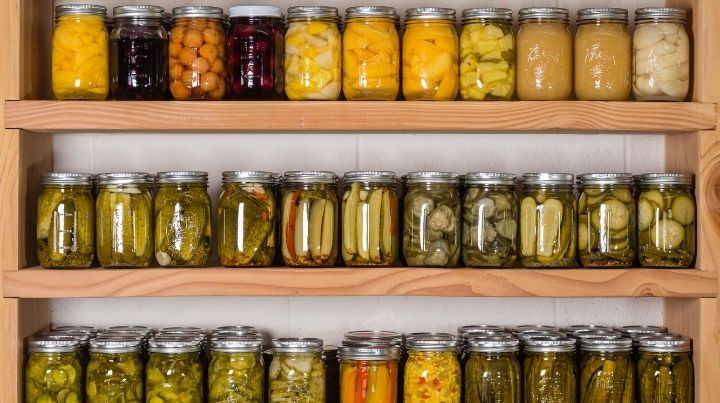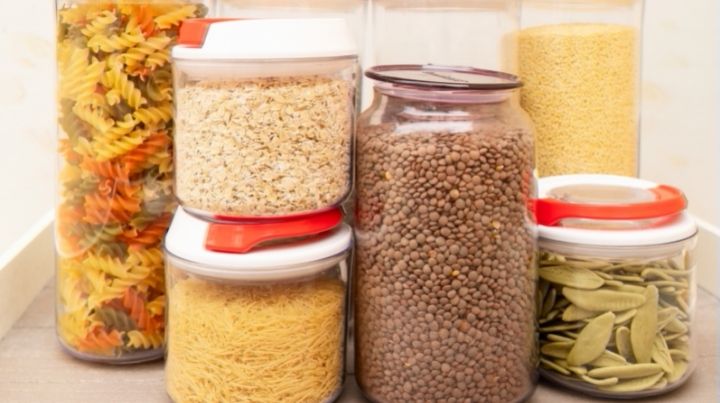Natural Disaster Food: Eat Healthy During an Emergency
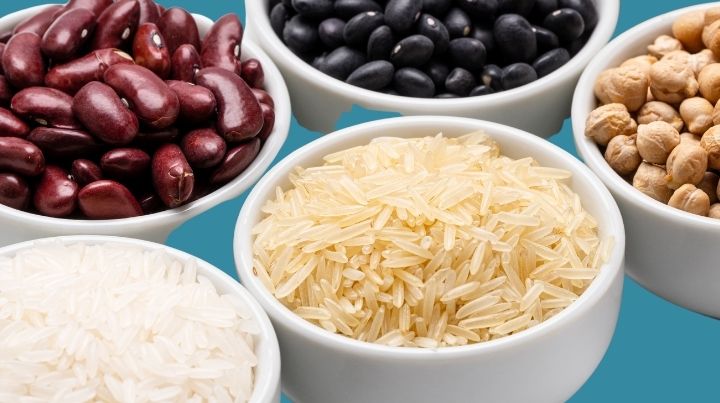
Many people have special diets and have an interest in natural disaster food. If that’s you, and you usually eat a healthy diet, you probably look at most emergency food and shudder at the number of unpronounceable ingredients.
The truth is, you can choose natural foods for disaster preparedness instead of highly processed canned or dried foods. And, as a healthy eater, while your food products may have a shorter shelf life, you’ll feel much better eating them.
Why Is Emergency Food So Loaded with Chemicals?
Traditional non-perishable food has an ingredients list that reads like a chemistry project. That’s because non-perishable food is designed to protect food and remain shelf-stable for decades.
We all know that the healthiest foods at the grocery store are often the most perishable. So, it stands to reason that the foods that resist spoilage for a more extended time are less healthy than the perishable food options.
So, if you usually eat a healthy diet filled with fresh fruits and vegetables, you may find that switching to long storage life, chemical-laden meals from buckets causes serious gastric distress. This is even more likely if the food includes ingredients you typically avoid, like gluten or dairy.
Why are Food Supplies Important in a Disaster?
Many people suffer from normalcy bias, which convinces them that natural disasters are the only cause of food shortages. However, as recent food and supply shortages show, it doesn’t take an SHTF event to trigger the need for an emergency food supply.
The fact is, storing food and water, especially safe food that requires little or no cooking, is an important task to complete before disaster strikes. And suppose you’re preparing for an emergency by creating an emergency food supply that incorporates natural foods. In that case, chances are your diet may lack certain nutrients that could become problematic over time.
The good news is that there’s an easy way to get all the vitamins and minerals necessary without relying on processed foods: plan to find ways to store and eat more natural foods!
How Can You Find Healthy Disaster Food?
If you want to go with healthier options, you have to make a trade-off: better quality food for shorter shelf life. As well, you’ll probably still find that healthy disaster foods aren’t up to the same standards as your regular diet. But – you can still find items with fewer chemicals and that omit ingredients you want to avoid.
What Food Should I Store for Emergencies?
To get closest to your usual fare, opt for single-ingredient items like the following:
- Freeze-dried meat, fruits, and vegetables
- Fruit canned in juice
- Canned vegetables
- Fish or chicken in cans
- Pasta
- Rice
- Amaranth
- Barley
- Lentils
- Dry or canned beans
- Vegetable juice
- Dried fruits
- Tetra packs of milk or dairy-free milk
- Organic canned soups
- Nuts and seeds
- Nut butters (Not Nutter Butters the tasty cookie!)
- Crackers
Select items without seasoning and add your spices to avoid artificial flavors. Then combine the ingredients to make recipes closer to what you would generally make for dinner.
It’s also a good idea to look into your home-canned food options. When you DIY your emergency food supply with canned foods, such as canned meats, canned fruits, and other high-energy foods, you can control food safety and taste.
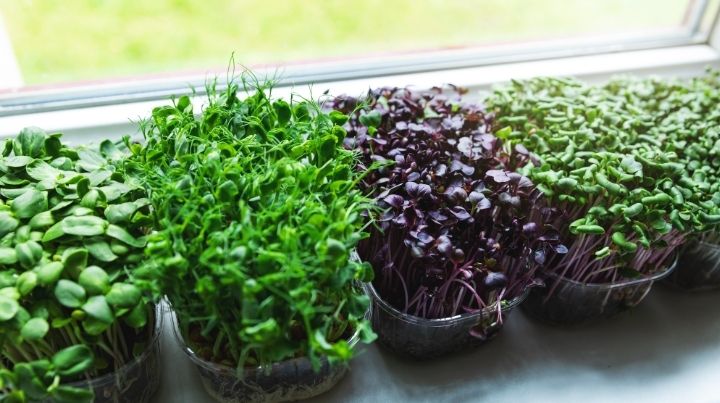
Add Sprouts and Microgreens for Some Freshness
A fast and easy way to add some fresh veggies to your diet is through sprouts and microgreens. You can harvest sprouts within two days to a week, and you can sprout anything from grains to beans to seeds for a variety of flavors and textures. The best website I know for learning how to do this is Sproutpeople. Go here to learn how to sprout.
Sprouts are highly nutritious. Think about all the healthy vitamins contained in a full-grown plant – you’re getting that in a teeny, tiny condensed bite plus some tasty, plant-based protein. Here is some information about the nutrients in different types of sprouts. Although the texture may take some getting used to, you can create some delicious salads from an assortment of microgreens.
Another benefit of adding sprouts and microgreens to your healthy food supply is that the seeds themselves are shelf-stable for one to five years when stored properly. You can grow sprouts just about anywhere, and they’re ideal for apartment dwellers who don’t have the land to raise crops or for those who want some fresh greens in the middle of winter.
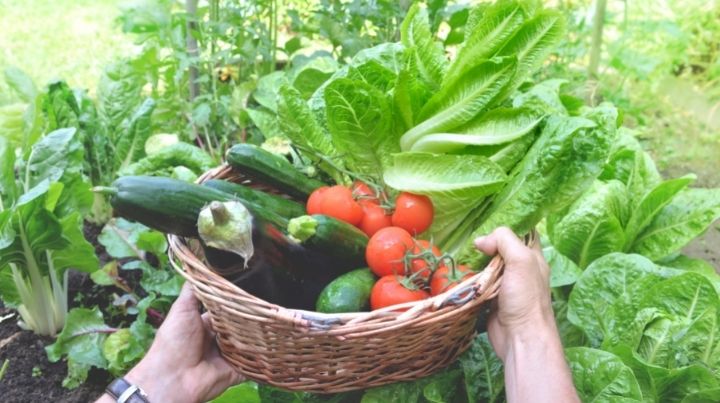
Garden If Possible
If you live where you can grow your own food, growing some basics like salad greens, herbs, tomatoes, and peppers can add some DIY food to your supply and help you stay healthy and well-nourished. Salad greens can even be grown in containers or on a sunny windowsill.
You don’t have to be completely food self-sufficient. We all have different situations, different climates, and different spaces. But anything that you can add to the emergency food you have put book will add some fresh, delicious goodness.
Can You Get Healthy Disaster Food in Buckets?
Unfortunately, the ubiquitous buckets of food that make everyone think of preppers stocking their bunkers are nearly all going to contain preservatives. There’s simply no other way to make food last for ten years or longer.
Even if you prefer to eat healthfully, you might consider adding some buckets even though it’s not ‘natural’ disaster food and working the meals from them into your diet if the emergency goes on longer than expected. If you can add these items in gradually, you will suffer fewer gut problems than if you make the switch from Trader Joe’s to Mountain House overnight.
And as much as we might think our pristine diets are essential now if there’s simply nothing else to eat, you will be glad to have the buckets, despite the ingredients list. Just ask anyone who has gone through a long-term crisis.
Peanut Butter
Peanut butter is a healthy alternative that I ALWAYS stock up on and keep in my pantry of food buckets. I mention peanut butter because it has a decent shelf-life, doesn’t require refrigeration while in storage, and packs both fat and protein, which you will need in any SHTF event.
How to Stretch the Freshness of Your Healthy Food Stores
One of the problems with fresh and healthy preparedness food is preserving it to last. Personally, my first level of healthy food storage and preparedness is to keep my food cold. And yes, as a prepper, you know just how hard it is to keep food cold during a power outage.
Refrigerated and Frozen Foods
Therefore, during any power outages, my plan includes initially doing what I can to make sure I open my refrigerator and freezer doors only when necessary. By keeping my refrigerator door closed, I can maintain a cold temperature and maximize the freshness of my refrigerated food.
Likewise, I keep the freezer doors closed so that my freezer temperature stays consistent and the frozen foods stay frozen. After all, having the average temperature drop may mean the end of my healthy food, which will force me into my not-so-healthy food buckets.
When it comes to maintaining your food during a power outage, besides a generator, you can consider dry ice if it’s available to help keep your food safe. Dry ice is a great option to help ensure your food’s average temperature stays where it’s needed until the expiration dates arrive.
Airtight Containers and Home Canned Foods
Not all healthy food needs to be frozen or refrigerated. You can maintain the freshness of dry mixes and similar items by storing them in airtight containers.
Another way to store food that will be around for a while is to can your food. And, while caning your food may seem overwhelming at first, home-canned foods are easy to make. If you want any help with canning your food, pop into any prepping Facebook group, and you’ll get all the help you need, and then some!
Don’t Forget the Outdoors
Now, this technique for storing food in your emergency food supply may sound odd to those in hot climates, and those in cold climates know it works. Depending on the time of year, they know that temperatures outside of your fridge and freezer may be ideal for preserving food. If that’s your situation, take advantage of it whenever possible.
So, if the power goes out, think outside of the box and consider your other options, so you don’t have to replace food unnecessarily.
How Much Food Should I Have for an Emergency?
The question always comes up, “How much food should I store for an emergency?”
When planning to store foods, I consider an average of 2000 calories per day for my family members and adjust. I adjust based on several factors, including age, activity level, and special conditions.
If you and your other family members plan to be very active, you’ll want to plus up your emergency food supply. Likewise, do you have people who need more calories due to their condition, such as pregnant women?
How to Tell When Your Food Goes Bad
As a lot of this article focuses on, the biggest problem with storing healthy food is the ability to keep it fresh and edible. With that, you should plan for at least some of your food to go bad. If not, you may find yourself surprised and hungry if it happens.
There are two ways I tell if my food is bad. First, does it look bad? If it looks bad, especially during a disaster, I’m not eating it. The last thing anyone needs is to be sick and doubled over in pain during an already crazy time.
Next, I check for an unusual odor. If my food has an unusual odor, I will think twice before eating it. Keep in mind that food products absorb the scent of their container, so before tossing anything out, do your work to make sure it has gone bad.
Emergency Water Supply Store
Any discussion of disaster food options is not complete without briefly discussing drinking water. The fact is we all need drinking water to survive, and this article tells you how to calculate your daily water needs.
There are several considerations when it comes to drinking water and water supplies.
- A gallon of water per person for drinking. (Any other water needs are additional)
- What water containers are best for you
- Commercially bottled water vs. home filtered
I prefer to go with a hybrid approach to water. I bottled water from the store for my car and to have some on hand if I want to grab a bottle when I head out in the yard. That’s because a bit of convenience will help you stay hydrated. And staying hydrated is vital to health and functionality. If I cannot function, most of my preps may cease to work as well.
However, as much as possible, I try to make my own bottled water instead of using store-bought water. It’s cheaper and allows me to use my steel water containers instead of plastic.
The Bottom Line of Healthy Food Storage
The bottom line of stockpiling healthy foods is that you can do it! Healthy foods, while not optimal for long-term events when compared to dehydrated and other types of food, are more nutritious. And, since long-term events aren’t guaranteed to happen, eating healthy today and preparing to eat healthy tomorrow is a great preparedness mindset!
What Healthy Disaster Food Do You Stock?
What’s in your stockpile? Do you have some foods that are less processed and contain fewer chemicals? Do you have some suggestions of foods that those seeking healthier choices can add? Share your ideas in the comments.
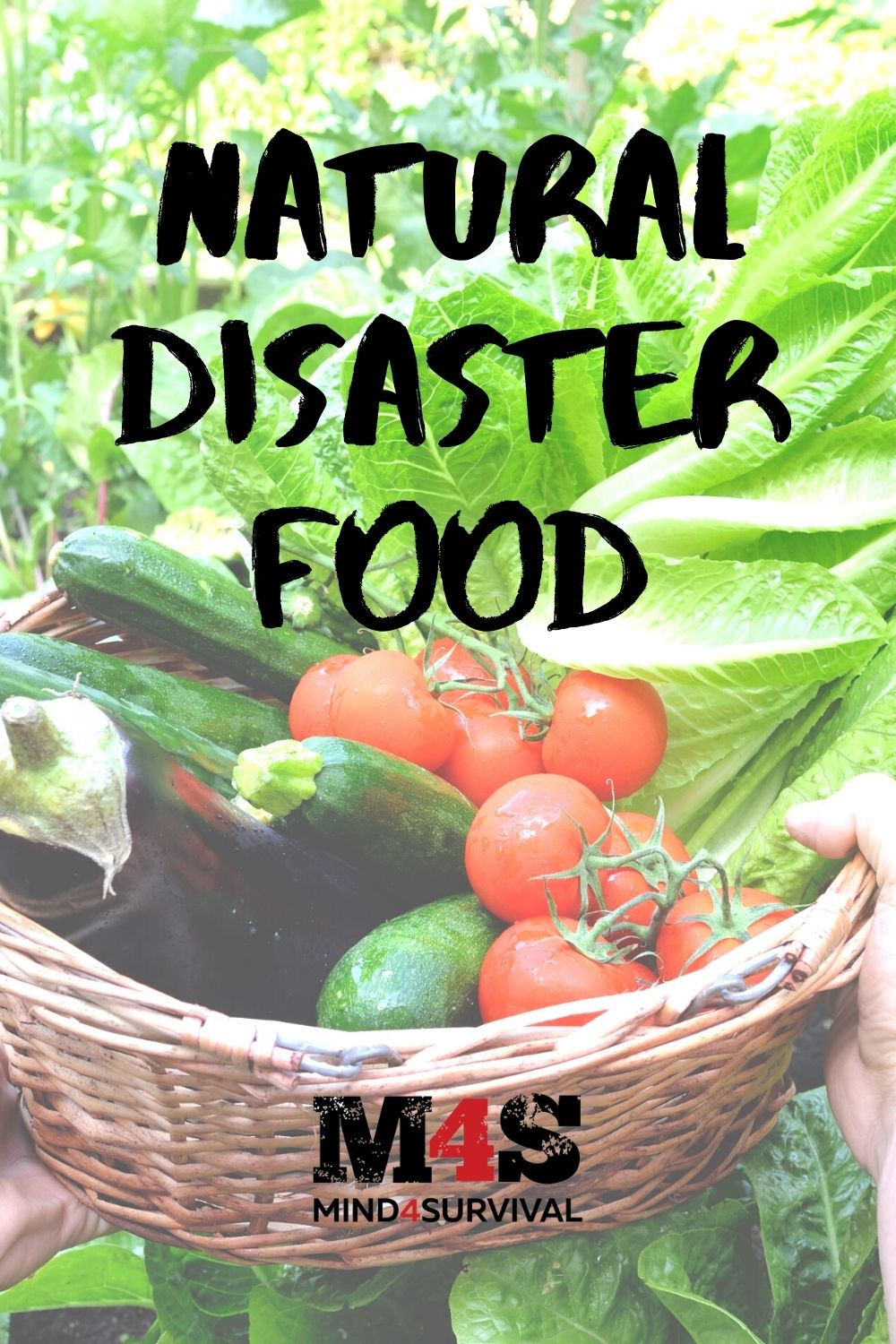
Don't Miss Out!
Join the thousands of people who rely on Mind4Survival preparedness advice by subscribing to our FREE newsletter.
- Practical preparedness information
- Zero Spam
- < 0.25% of people unsubscribe




Join Mind4Survival!
Stay informed by joining the Mind4Survival! 100% Secure! 0% Spam!
Follow Us!
Affiliate Disclosure
Mind4Survival is a free, reader-supported information resource. If you make a purchase through our link, we may, at no cost to you, receive an affiliate commission.

